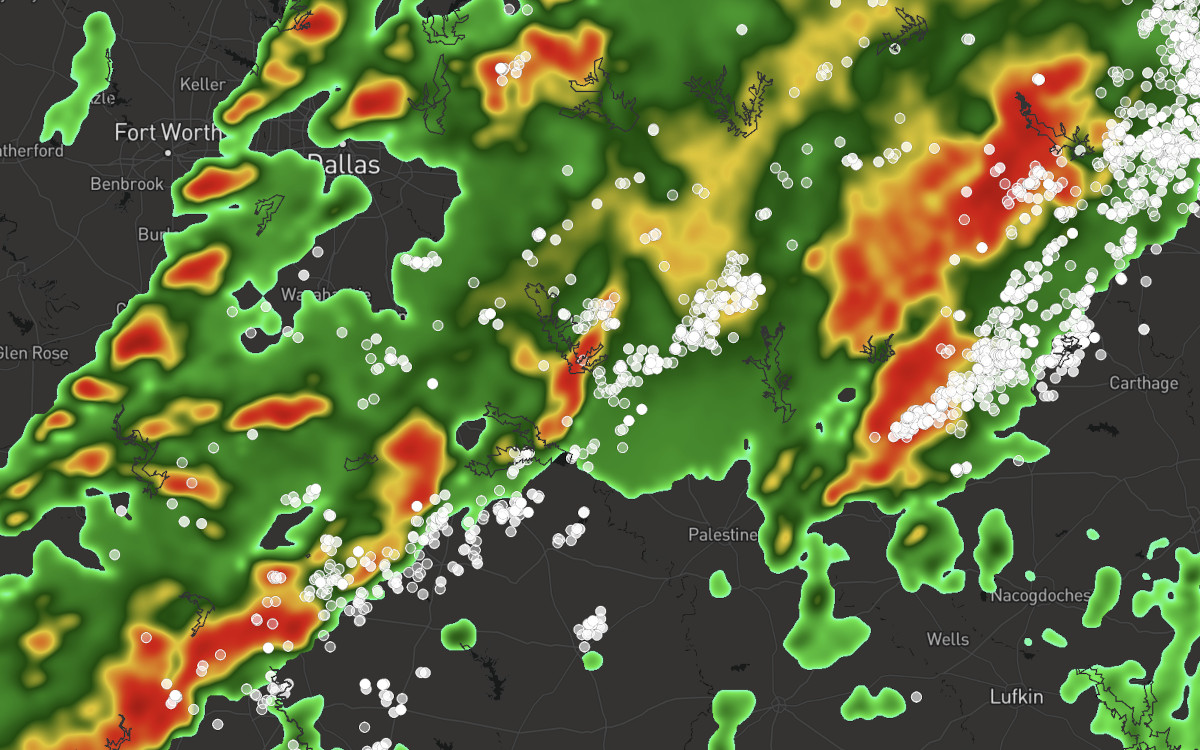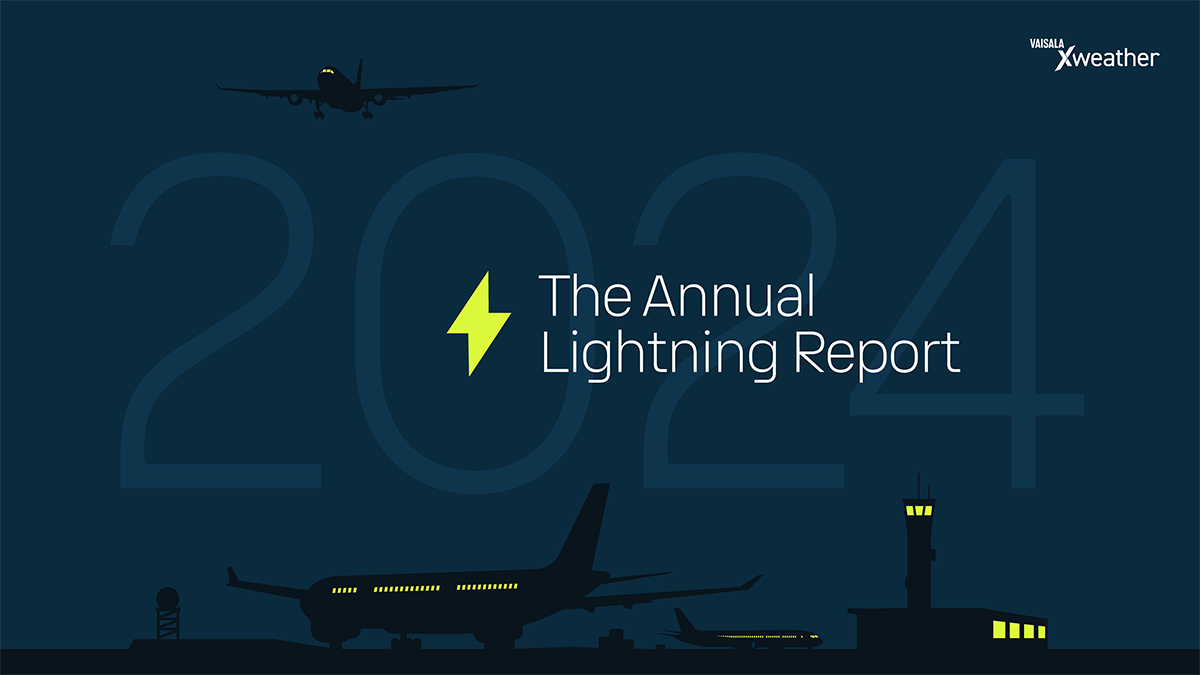
Global lightning data at your fingertips
The Xweather API delivers the world's most accurate and reliable lightning data wherever and whenever you need it. Get your lightning data directly from the source with easy integration, advanced geospatial capabilities, and industry-leading support. From historical lightning to real-time strike detection and forecasting, our lightning API endpoints are ready to power your weather-sensitive applications and solutions today.

Bring lightning data into your applications
Weather API
The Xweather Lightning API is a RESTful service providing precise global lightning data for seamless integration into web, native, or mobile applications.
Webhooks
Get near real-time lightning data via webhooks. Just provide an HTTP URL, and our system will push data from any lightning endpoint to your application.
Maps
Visualize lightning data with static images or WebGL animations. Xweather Raster Maps and MapsGL integrate seamlessly with popular mapping platforms.
Integrations made easy
Developer SDKs + Toolkits
Our software development kits for iOS, Android, and JavaScript make it easy to integrate Xweather data into your apps and platforms—with the tools you need to move from prototype to production.
Explore endpoints and test queries
Our API wizards make it easy to access advanced weather data and imagery—no technical background required. Whether you're exploring options or deploying a solution, you’ll get the insights you need in just a few clicks.
The global lightning detection leader
We detect the precise time and location of over 2 billion lightning events every year
No one captures more lightning data
We detect and report more than two billion lightning events every year, all within seconds of the flash. Our global detection network provides reliable real-time lightning data with unsurpassed location accuracy across land and sea, even in the most remote areas beyond the range of radars and satellites.
Global coverage with single-source access
We provide single-source access to standardized global thunderstorm and lightning data 24 hours a day with 99.99% uptime without the need to purchase or maintain additional equipment or systems. Our superior lightning detection networks are accurate to within 100 meters in the U.S. and 1 km globally.
The industry's most-trusted lightning data
With over 40 years of lightning detection experience, no one can match Vaisala for quality, accuracy, and coverage. Vaisala is the primary source of lightning data for the National Weather Service, Federal Aviation Administration, U.S. Armed Forces, and many international commercial organizations.
